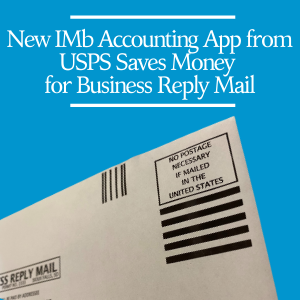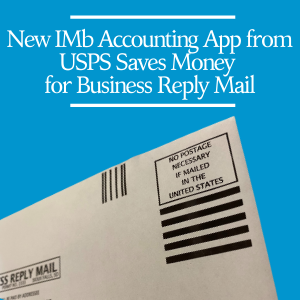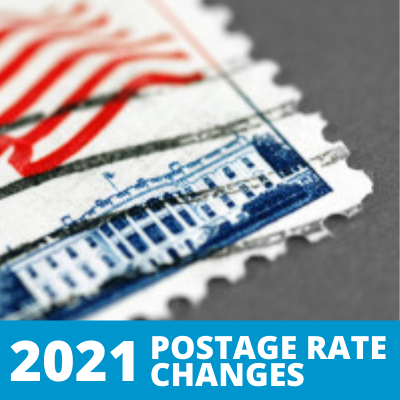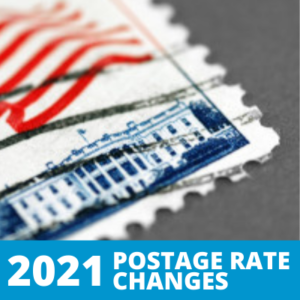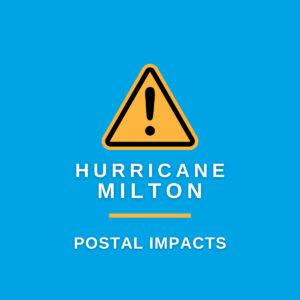 Hurricane Milton is approaching Florida, with landfall anticipated in the Tampa area Wednesday night. The storm is predicted to be very large and powerful, impacting western, central, and eastern Florida. Hurricane Milton is forecasted to bring unprecedented flooding and high winds, which will cause property damage, road closures, and electrical outages.
Hurricane Milton is approaching Florida, with landfall anticipated in the Tampa area Wednesday night. The storm is predicted to be very large and powerful, impacting western, central, and eastern Florida. Hurricane Milton is forecasted to bring unprecedented flooding and high winds, which will cause property damage, road closures, and electrical outages.
What We Know Now – Logistics & Post Offices
The hurricane will impact the processing, transportation, and delivery of mail and packages throughout Florida. Please allow additional time for the final delivery of your campaigns.
What To Do
Contact your Account Representative directly if you need assistance or have any questions about your mailings.
Check the USPS Service Alerts page for any postal delay, closing, or re-opening reports in areas affected by Hurricane Milton.
You may also check this page for updated logistics transportation changes as they become available.
We wish for safety and speedy recovery for all impacted by the hurricanes.



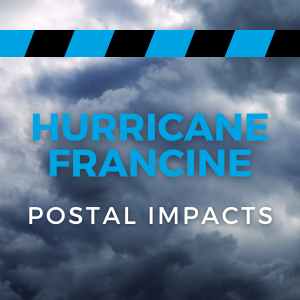
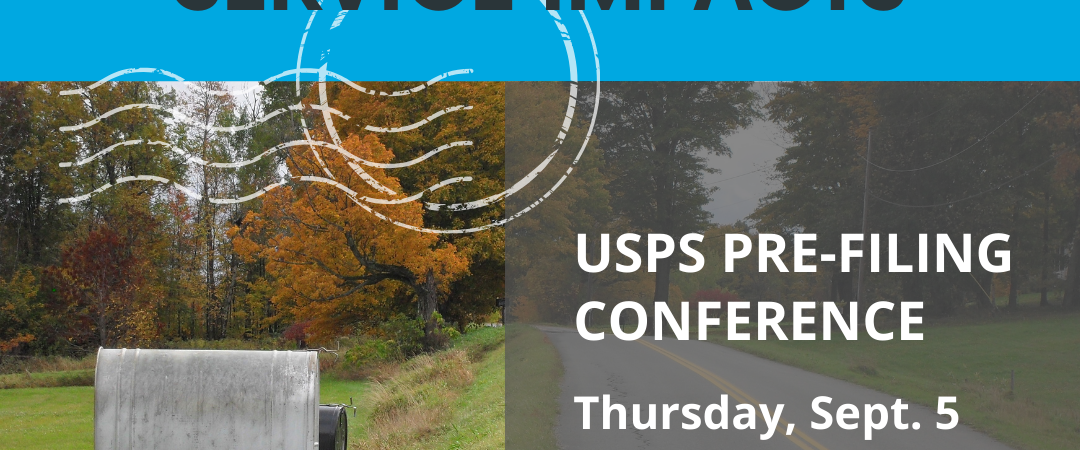
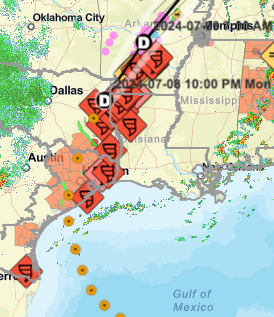
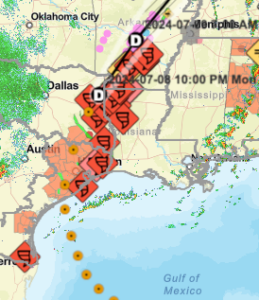 Hurricane Beryl made landfall on Monday, July 8th on Texas’ Gulf Coast as a Category 1 storm resulting in mass power outages with impacts to local post offices and mail delivery. We’re wishing all those impacted safety and a speedy recovery.
Hurricane Beryl made landfall on Monday, July 8th on Texas’ Gulf Coast as a Category 1 storm resulting in mass power outages with impacts to local post offices and mail delivery. We’re wishing all those impacted safety and a speedy recovery.




